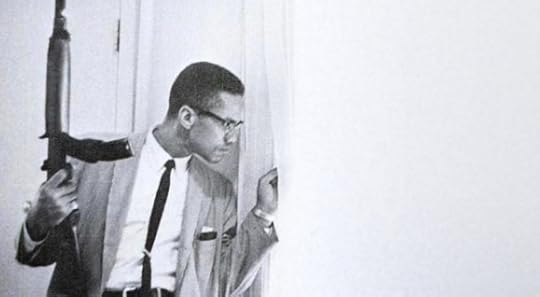The Complexion Of The Gun Rights Movement
Over the weekend, Charles C.W. Cooke urged Second Amendment activists to “consider talking a little less about Valley Forge and a little more about Jim Crow”:
Malcolm X may have a deservedly mixed reputation, but the famous photograph of him standing at the window, rifle in hand, insisting on black liberation “by any means necessary,” is about as American as it gets. It should be celebrated just like the “Don’t tread on me” Gadsden flag. By not making that connection, the movement is losing touch with one of its greatest triumphs and forsaking a prime illustration of why its cause is so just and so crucial.
Francis Wilkinson finds Cooke’s argument wanting:
If you’re looking for a model of public engagement, it’s hard to do worse than “by any means necessary.” The slogan obliterates compromise — it doesn’t repel violence so much as demand it. And in the late 1960s era of romantic leftist rebellion, Weatherman and others delivered memorably, irrevocably, bloodily, on the promise. …
Ultimately, Cooke’s vision of welcoming blacks into the gun movement ends right where other visions of maximum gun rights end: before the trouble begins. The chief problem with the gun-rights movement is not that it makes distinctions based on race — although it does. The biggest problem is that it doesn’t make distinctions based on more meaningful criteria: mental soundness, personal responsibility, adequate training.
Previous Dish on gun rights in black America here.









Andrew Sullivan's Blog
- Andrew Sullivan's profile
- 153 followers




